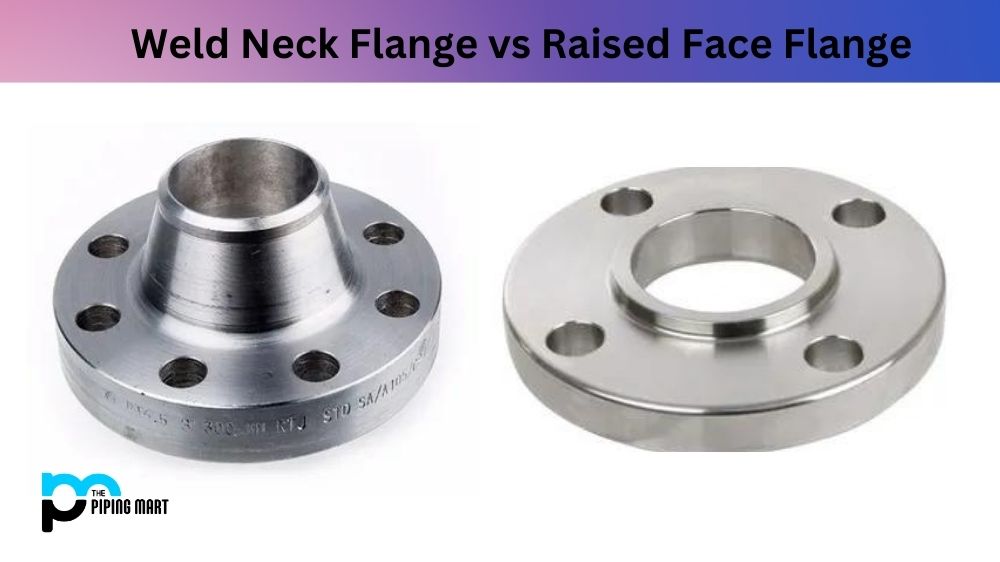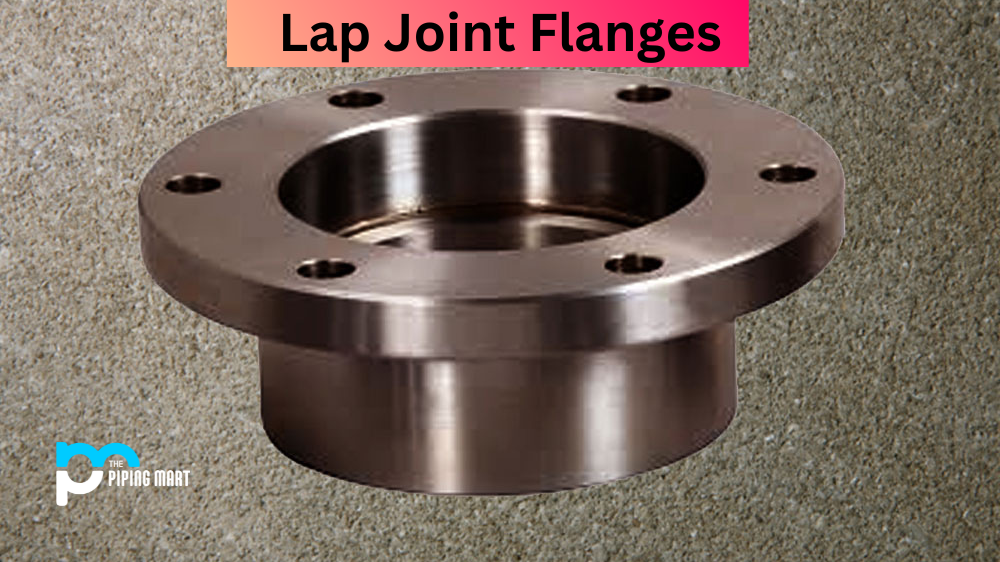A flange is a critical component in piping systems that helps connect pipes and valves, providing a secure and reliable connection. Flanges come in different types, sizes, and shapes, each with unique benefits and applications. In this post, we will compare two types of flanges commonly used in piping systems- the Weld Neck Flange and Raised Face Flange- and look at the differences between them.
What is Weld Neck Flange?
A Weld Neck Flange is a type of pipe flange that extends from the neck or hub and gradually outwards to the pipe. It has a long tapered hub, allowing for greater stress distribution in high-pressure applications. It is usually more expensive than other flanges but offers greater strength and durability, making it ideal for long-term projects.
What is Raised Face Flange?
Raised Face Flanges are pipe fittings used in systems that transport liquids or gases. They consist of two rubbed surfaces with a raised face on one side for holding pressure and provide an effective seal when bolted together. These flanges come with different diameters, thicknesses, and materials to meet the requirements of different applications.
Difference Between Weld Neck Flange and Raised Face Flange
Design and Shape
Weld Neck flanges are designed to have a tapered neck welded to the base of the flange, and the pipe is welded to the neck of the flange. The neck design eliminates stress concentration points, making it ideal for high-pressure applications. On the other hand, Raised Face flanges have a flat face with a raised portion around the bolting circle. This design makes it easier to align the bolts during installation.
Pressure Ratings
Weld Neck flanges are rated for high-pressure applications, as they provide a strong and reliable seal with proper alignment. They are commonly used in systems with high-pressure pipes, such as oil and gas pipelines, refineries, and chemical plants. On the other hand, Raised Face flanges are rated for lower pressure applications, as they are not designed for high-pressure systems.
Types of Gasket
Gaskets are critical components in flanges, as they provide a seal between the flanges and prevent leakage. Weld Neck flanges require a ring joint gasket to be used, as the sealing takes place on the neck of the flange, while raised face flanges require a flat gasket, as the sealing takes place on the flat face of the flange.
Applications
Weld Neck flanges are used in applications where high performance and leak-free operation are required, such as in the oil and gas, chemical, and petrochemical industries. Raised Face flanges, on the other hand, are commonly used in low-pressure and low-temperature applications, such as in water supply, HVAC systems, and plumbing.
Installation
When installing Weld Neck flanges, the neck of the flange must be aligned perfectly with the pipe, and certified welders must carry out the welding. Raised Face flanges are easier to install, as the raised face helps align the bolts and gaskets during installation.
Conclusion:
In summary, both Weld Neck and Raised Face flanges have unique advantages and applications. Weld Neck flanges are ideal for high-pressure applications where reliable sealing and leak-free operation are essential, while Raised Face flanges are suitable for low-pressure and low-temperature applications where ease of installation is important. When selecting between the two, it’s essential to consider factors such as pressure rating, gasket type, installation, and application requirements. Proper selection and installation of flanges are necessary to ensure safe and reliable operation of piping systems.

Pipingmart is a B2B portal that specializes in metal, industrial and piping items. Additionally, we share the latest information and information about materials, products and various types of grades to assist businesses that are involved in this business.




